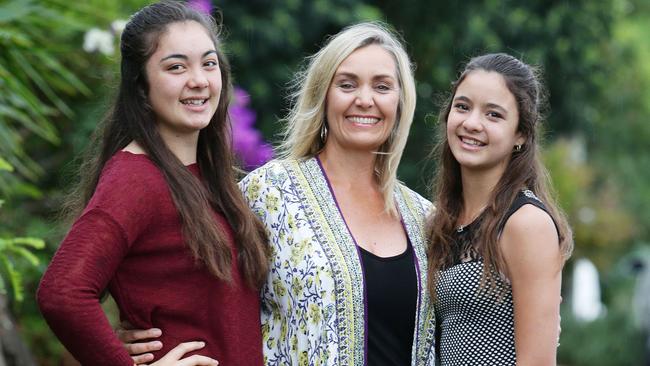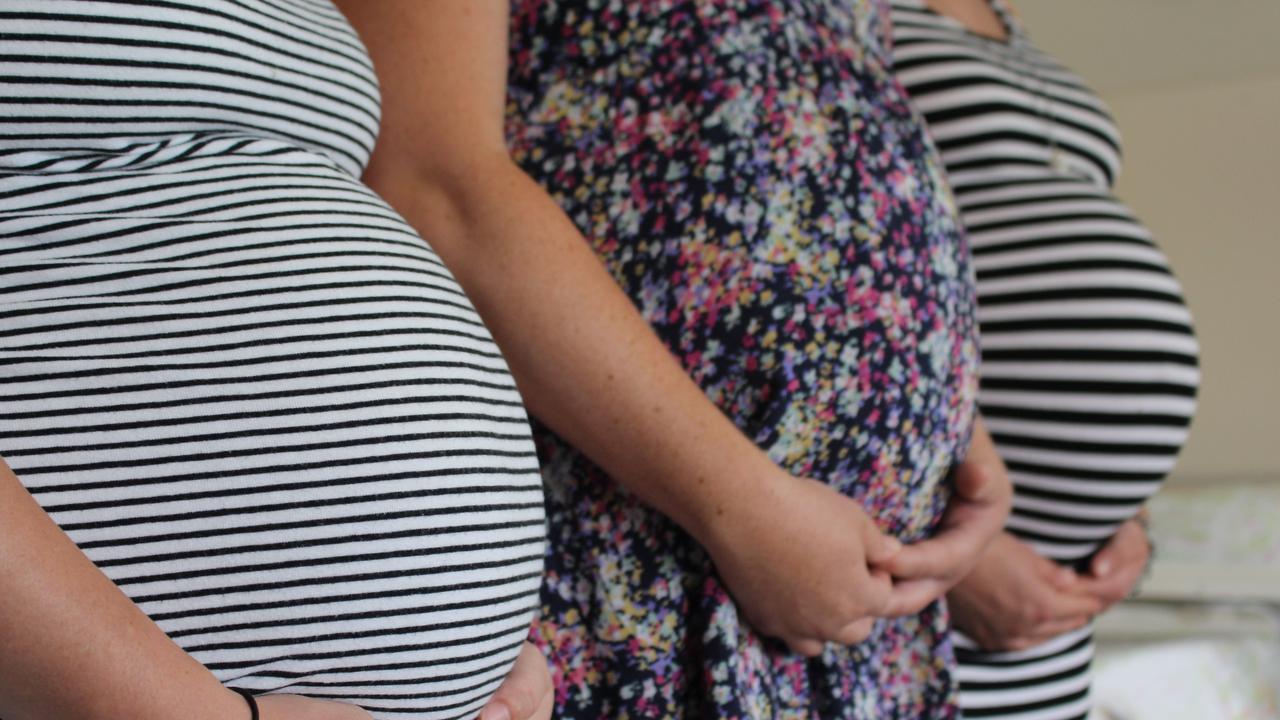Myth busted: Poorer parents splurge more on treats for kids
IT’S something we just assume about rich kids and their parents, but a new study has turned that assumption on its head.

Kids
Don't miss out on the headlines from Kids. Followed categories will be added to My News.
KIDS in poorer households get more cash and toys than those from well-off families.
Smashing the “spoilt little rich kids” theory, data proves that parents bringing in less than $50,000 a year allocate a large part of their income to keeping the kids happy.
AMP financial adviser Dianne Charman said guilt might play a part in how parents spent their money.
“If a household is struggling financially or perhaps there is only one parent, then I think there will be more emphasis on doing things together as a family to make sure children feel secure,” she said.
“Spoiling children is a very subjective thing. As long as the spending sits within any family budget and not running up debt on the credit card then I’m a believer in putting the focus on family happiness.”
The Young Australians Survey found the average pocket money allocation to kids in low-income households averaged about $15 a child per week. Those from homes earning more than $200,000 a year received $10.
The data, collected on 4000 six to 13-year-olds by Roy Morgan, revealed half of the kids from richer homes said they put their money in the bank, compared with only one-third in the lowest-income households.
The bulk of the money was spent on toys.

The AMP NATSEM Cost of Kids report confirmed high-income families spent the least on movie tickets, toys, dance lessons and zoo trips, but allocated the largest part of their budget to children’s education — 10 times more than the lowest-income demographic.
Transport and food ate up a large chunk of the cash across all households.
And the data from AMP showed the big spend on kids was not restricted to the early years. By the time a child was 15 to 17, the poorer families spent a quarter of their income on kids, compared with high-income families’ 13 per cent.
POCKET MONEY: How much should your kid get?
LIFE LESSON: Allowance teaches money management
Tania Usher is the mother of two teenage girls, and has never bought her kids lots of toys or handed out pocket money.
“As the kids are older I prefer to buy gifts that are experiences,” she said.
“I want to create memories that will last forever — like a trip to see The Lion King or a concert ticket, not something that will be discarded within weeks.
“I don’t pay the kids to do everyday jobs around the house, as that is part of life.
“Regardless of whether you earn $30,000 per year or $300,000, what you spend your money on is a choice, and people all do it very differently.”
Originally published as Myth busted: Poorer parents splurge more on treats for kids



